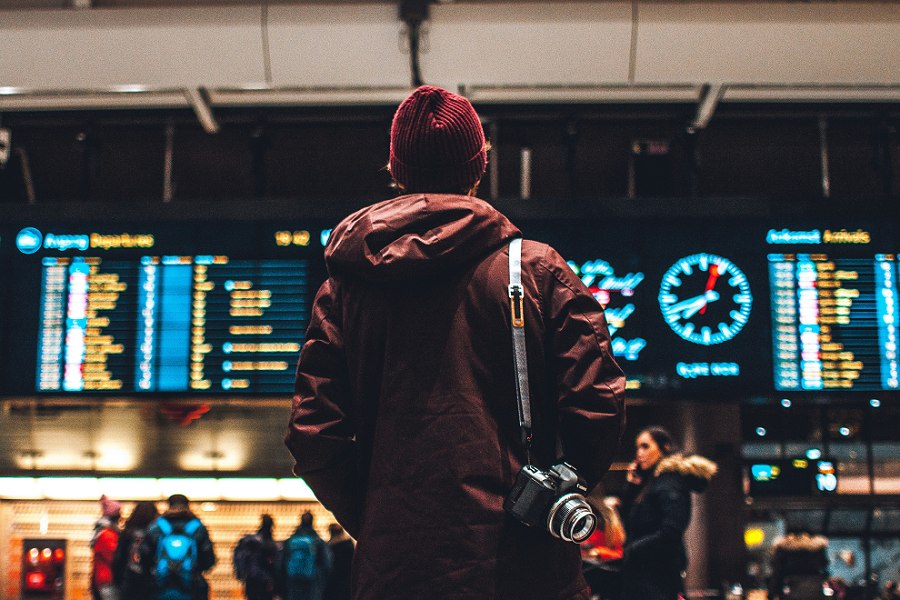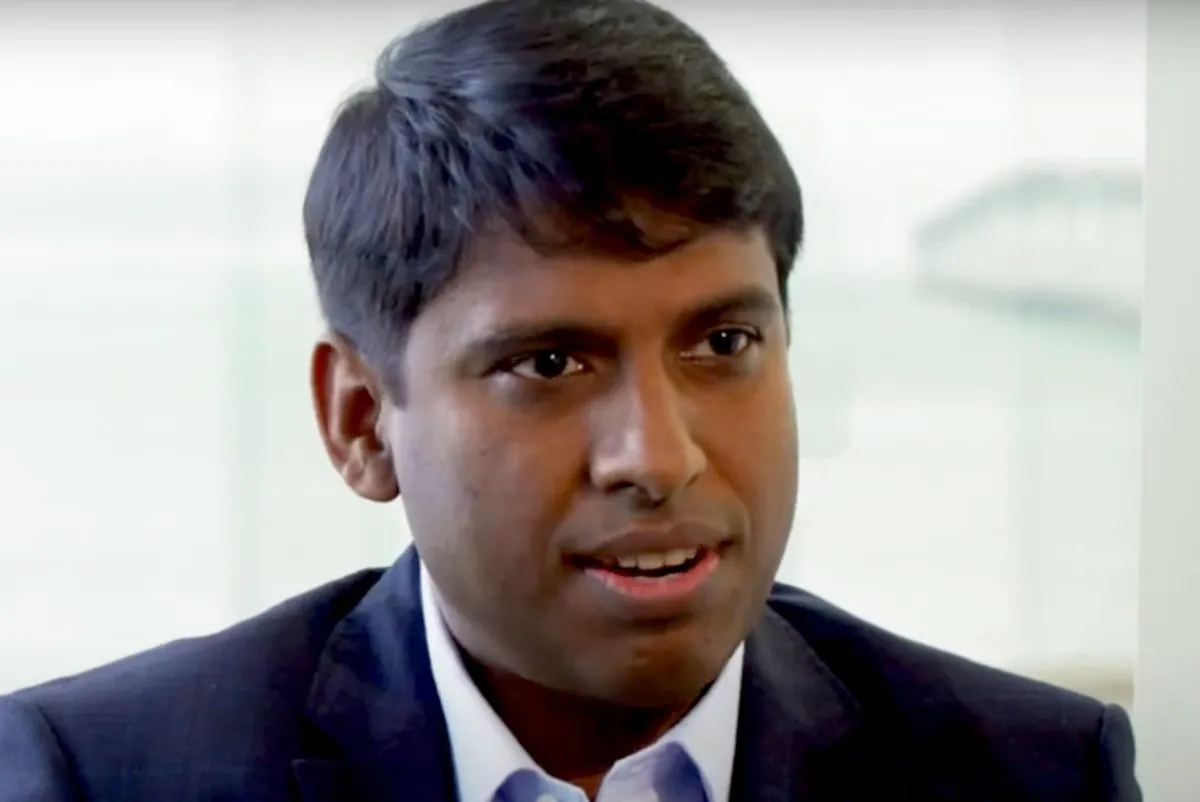New York Governor Announces Probe Into Train Derailment
The governor of New York State, Andrew Cuomo, has announced the beginning of a potentially lengthy investigation into the derailment of a Metro-North passenger train, in which four people were killed. The incident, which occurred outside Spuyten Duyvil station in the Bronx borough of New York City at 7.20am on Sunday, also left 63 people injured, 11 of them critically.
The Hudson line was immediately suspended between Croton-Harmon and Grand Central, and Amtrak services between New York City and Albany were cancelled. It was not clear when service would resume on the Hudson line, which carries about 18,000 commuters each weekday morning.
Speaking at a news briefing on Sunday evening, Cuomo said: "This is an opportunity for the National Transport Safety Board [NTSB] to review the entire operation, to review this accident, all the procedures. Safety is job one and if there is a lesson to learn from this tragedy we want to make sure that we learn it."
Answering questions about the derailment having happened close to a spot where a northbound freight train derailed in July, Cuomo said: "Yes there was a situation a few months back with a freight train, but that was in the same general area, not the same specific area. So we have no reason to believe those two things are related."
Metro-North also suffered a derailment in May, when a passenger train came off the tracks in Bridgeport, Connecticut and was hit by a train on another track. Seventy-three passengers, two drivers and a conductor were injured in that accident, which caused extensive delays on another key commuter line into New York City. A Metro-North spokesman said the four deaths in Sunday's crash were the first in the company's three-decade history.
The service involved in Sunday's derailment originated at Poughkeepsie and was scheduled to terminate at Grand Central in New York. It came off the rails on a curve in the line, where the Hudson river meets the Harlem river in the Bronx, just north of Manhattan.
"The curve has been here for many, many years," said Cuomo. "Trains take the curve every day, 365 days a year. So it's not the fact that there's a curve here. We've always had this configuration [but] we didn't have accidents, so there has to be another factor, and that's what we want to learn from the NTSB. If there's a change that the MTA can make that's great, but first we have to get the results of the investigation. It can't just be the curve."
Earlier in the day a passenger in the front carriage of the train, which came to rest on the edge of the Harlem river, told a local television station he felt the train had been travelling "a lot faster" than it usually would coming into Spuyten Duyvil. An anonymous law enforcement official told journalists the train's driver had said he tried to apply the brakes before the bend but that they did not work; Thomas Prendergast, chairman of the Metropolitan Transportation Authority, said the speed of the train would be "one of the factors" investigators would look at.
An MTA spokeswoman, Marjorie Anders, later said the speed limit on the curve before Spuyten Duyvil is 30mph, compared with 70mph in the area before the curve. The train's data recorders should be able to tell how fast it was travelling, she said.
An NTSB representative, Earl Weener, said investigators had "recovered the event recorder off the cab car and we have recovered the data off the locomotive but we have not had the chance to analyse it at this point".
The train was being pushed from the back by a diesel locomotive. Weener said investigators would be "looking into any contribution that may have led to the derailment", and added: "We've had a chance to thoroughly look over the condition of the scene, and start documenting the condition of the rails and the condition of the cars, but then night fell."
He also said: "We anticipate speaking to the train crew in the next day or two."
This article originally appeared on guardian.co.uk
![]()





